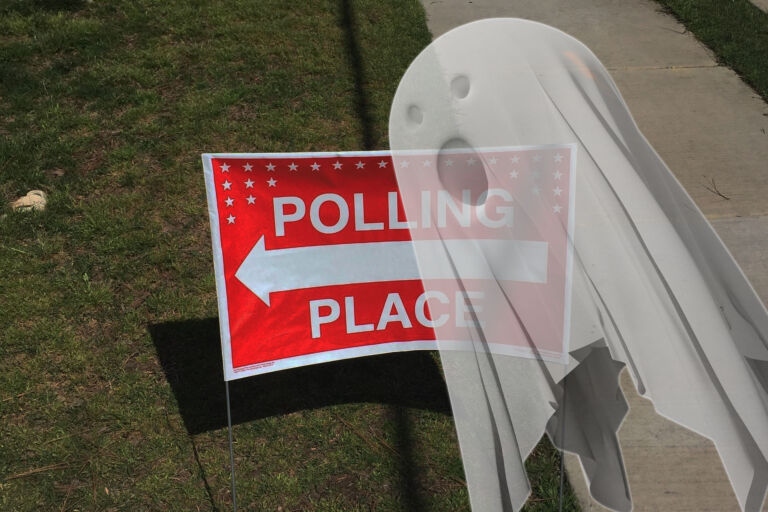Undeterred by the facts, North Carolina’s planners continue to write comprehensive plans based on the illusion that higher density will solve most urban problems. In their eyes, sprawl is the cause of pollution, congestion, and that lack of community in our cities. Defeating this enemy is the self-appointed task of our city planners.
Unfortunately, Census data show that as the younger generation ages, they want to live in single-family homes in the suburbs, not high-density housing downtown. Joel Kotkin reports in Forbes on a study by demographer Wendell Cox, who used Census data to follow the housing choices of the 25-to-34-year-old age group from 2000 to 2010. Cox found that this group increased in the suburbs by 12 percent and dropped in the core cities by 22.7 percent.
In many ways this group [now 35 to 44] may be more influential than the much ballyhooed 20-something. Unlike younger adults, who are often footloose and unattached, people between the ages of 35 and 44 tend to be putting down roots. As a result, they constitute the essential social ballast for any community, city or suburb.
Which cities gained the most? You guessed it: cities that are largely suburban.
The most popular cities among this group — with increases of over 10% — were Las Vegas; Raleigh, N.C.; Riverside-San Bernardino, Calif.; Charlotte, N.C.; Orlando, Fla.; San Antonio, Houston and Dallas-Fort Worth, in Texas; and Sacramento, Calif.
And where did the now 35-to-44-year-old group move in these cities?
Furthermore, most of the growth took place not in the urban centers of these regions but in the outlying suburbs. This cohort expanded by more than 40% Raleigh’s suburbs — 37,000 people — over the decade. Houston’s suburbs gained the most of any region of the country, adding 174,000 members of this particular generation.
Planners should end their quixotic fight against the suburbs and sprawl and recognize the fact that the vast majority of people want to live in single-family homes with yards in the suburbs or now, increasingly, in an exurban environment.
Robert Bruegmann documents this trend in his book Sprawl: A Compact History. People have been moving out of the crowded, high-density cities for nearly 1,000 years. As soon as medieval city residents achieved a degree of wealth and government-provided security, they moved outside of the city walls to a less-crowded lifestyle. Or as Bruegmann summarizes, people then and now seek "privacy, mobility and choice."
It is past time for North Carolina’s city planners to reject their New Urbanist ideology and plan cities based on the desires of real people.
Kotkin concludes:
Unless there has been a mind-numbing change in attitude or an unexpected return to good governance in cities, young adults entering middle age will continue their shift toward suburban and lower-density areas in the decade ahead, upending the predictions of most pundits, planners and development experts.
Click here for the Local Government Update archive.


